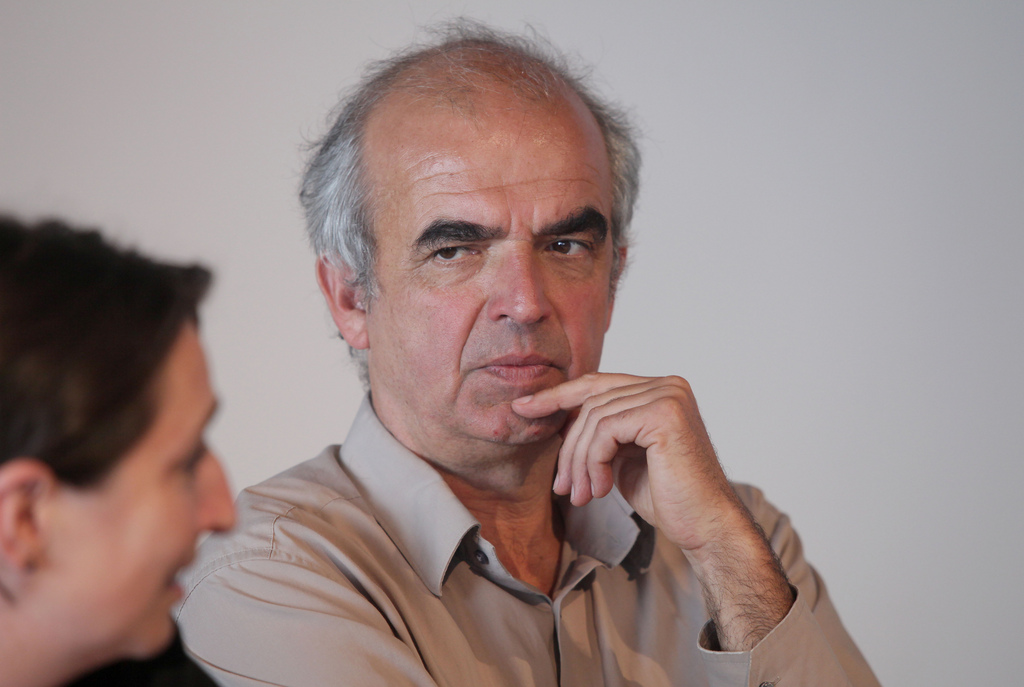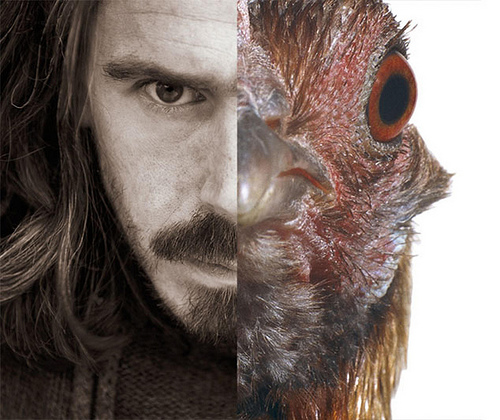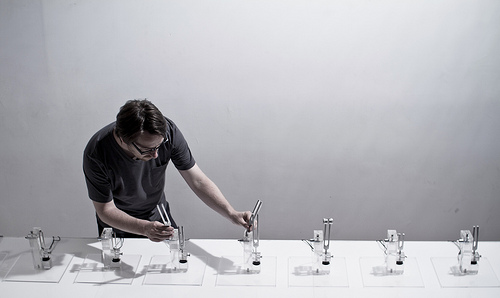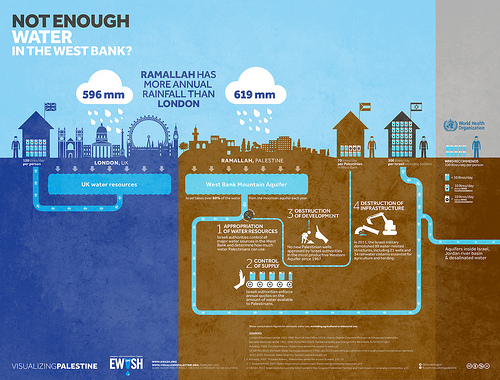A highlight of each year’s festival is the CyberArts exhibition featuring installations, videos and performances singled out for recognition by the Prix Ars Electronica. Martin Sturm, director of the OK Center for Contemporary Art, is responsible for the exhibition’s design. In this interview, he reveals some of what awaits festivalgoers in 2013.

Martin Sturm, director of the OK Offenes Kulturhaus im OÖ Kulturquartier
So, in general terms, what’s on tap at CyberArts this year? What can audiences look forward to? What are the highlights?
For many years now, CyberArts has featured what might be called a cross-section of digital media art. And it’s interesting that the development of the various categories has reflected the very prominent place of social commentary in this area of art as well. So, the time of just playing around, so to speak, is over … whereby the question is, of course, if there ever was such a time. Or maybe a better way to put it is that this isn’t just a matter of a playful technical take on media; rather, that these media are being utilized to achieve particular political objectives, to form certain social networks, to take advantage of information channels. Thus, what’s manifesting itself in the general political debate about new medial forms of organization—including resistance, above all in the Arab world—is also evident in narrower, more specific as it were, artistic confrontations with issues.

Cosmopolitan Chicken Project by Koen Vanmechelen, one of the highlights of the CyberArts 2013
For example, we’ve invited a Spanish group, the initiators of El Campo de Cebada, also a prizewinner. What they’ve done can be described as configuring a public place as a sort of social action in the form of workshops that directly implement network thinking as a form of working.
As a sort of open source too, or as a very transparent network.
Exactly. This access to resources, these open source projects (that have also increased in number in recent years) from which you can download something like building instructions—this aspect too plays a major role in CyberArts.
This also applies to two other projects: one that visualizes facts and circumstances in Palestine, and a search engine for refugees. Does this network culture—defined in both the narrow and the broad sense—play the preponderant role in the CyberArts exhibition?
It’s an important aspect, yes. And this has to be played up, so that exhibition visitors comprehend that immediate social relevance is present particularly in this area of art, and that this is due to the use of certain tools, so to speak. Thus, that the distance between an artistic space and the habitat of everyday life has been eliminated.
Thus, the fact that art takes place amidst the settings of people’s lives.
Precisely. And much more powerfully than is possible in the conventional artistic canon.

Nicolas Bernier is going to perform with his work frequencies
Another notable work is the “Cosmopolitan Chicken Project,” a Belgian artist’s attempt to breed a chicken that covers the gene pool of all the species of chickens throughout the world. How will this be displayed at CyberArts?
This is indeed an interesting project because it’s actually a true art project. Naturally, this also encompasses the examination of certain questions, concrete social issues, but this is similar to the way this normally works in art—posing particular questions on the basis of a symbolically charged project. Of course, he really did breed the chicken, but breeding chickens is nothing special. The difference is that he makes use of art to do so. There are simply diverse forms of aesthetic representation. He produces images of the chickens, photographs, prints. There’s an attempt to present the real chicken. Accordingly, in the area of object art, there are things he presents along with it. There are videos that he screens, stories, so to speak, that he relates. Thus, he makes use of a wide array of instruments to communicate this idea, to get this concept across in an exhibition context.
The chicken is thus the point of departure and inspiration for additional …
Exactly. And these efforts also tend to deal with issues—for instance, what does globalization mean? What happens if you take this seriously, pursue this path in breeding and go all the way with it? It also tends to retain a certain note of irony. But where it finally comes to reality is where the animal welfare authorities step in. Is it permissible to exhibit a chicken? What conditions are imposed?
So, are we going to see something like a chicken coop?
Exactly. This is where we have to reexamine the actual regulations and framework conditions.
Where art then actually is confronted by limits?
Precisely, where a picture is easier to exhibit than something real.
What are your own personal favorites? Are there things that particularly stand out or that you’re especially pleased with?
What I’m really happy about this time is that we’re again making a real effort to represent the entire range of the various prize categories in order to show how multifaceted and broadly diversified this digital approach truly is. Diversity will definitely be a characteristic of this year’s CyberArts, and I’m proud of that.
For details about CyberArts 2013 projects and installations, go to https://ars.electronica.art/totalrecall/en/.
